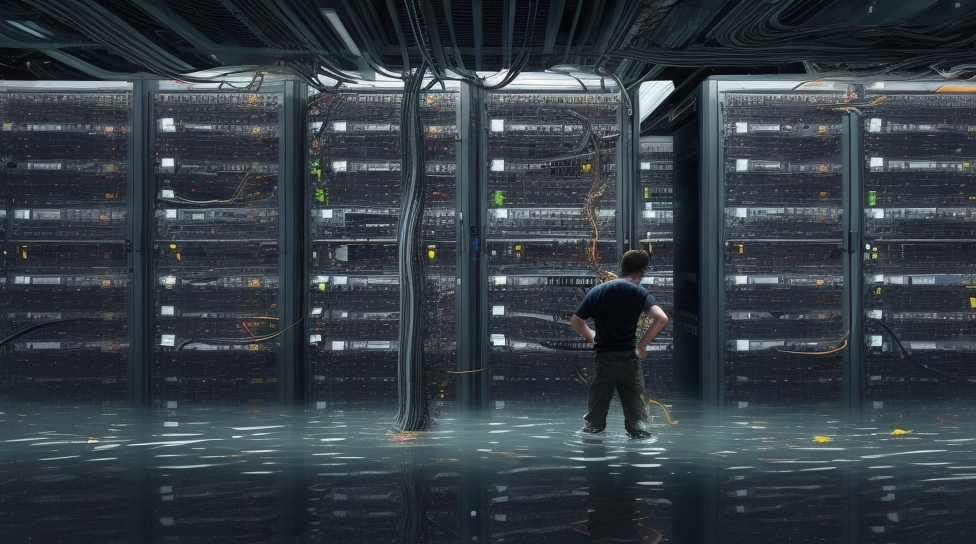Like them or loathe them, all employees will need, at some point, to interact with the support services offered by the IT department. In this series of short articles, we uncover some of the secret workings of the IT department, finding out what is jargon and what is just common sense that can apply to all of us, regardless of our role, work, or profession.
Welcome to the sixth instalment in our series of IT secrets. This time, let’s delve into the complex worlds of disaster recovery and business continuity. Think of it as the contingency plans laid out by the emergency services for a large public gathering like the Notting Hill Carnival. There are backup routes, emergency services on standby, and contingencies for almost anything. Similarly, your IT department has its plans ready to activate at a moment’s notice.
What disaster recovery and business continuity means. Are they two different things?
While both terms often get used interchangeably, they serve different but complementary roles. Business continuity focuses on long-term plans and can include elements outside of IT, like supply chain issues or employee training. On the other hand, disaster recovery is specific to IT and aims to restore critical systems as quickly as possible after a disruption.
Why disaster recovery and business continuity matter
This might seem like IT jargon, but it’s far more universal. A robust disaster recovery and business continuity plan can positively impact every area of your work life, keeping you and your projects on track while protecting the wider organisation.
Key elements of disaster recovery and business continuity
These include:
Disaster recovery plan (DRP) – Think of a data centre responsible for operating ATMs across the UK going offline. A DRP would outline steps to restore these critical services quickly.
Business continuity plan (BCP) – Picture your local supermarket. If a power outage knocked out their refrigerators, they’d use backup generators to keep the food fresh. Just like that, a BCP focuses on ensuring that essential functions continue to operate during and after a disruption by implementing alternative plans like remote working.
Recovery time objective (RTO) – Imagine your corporate email server crashes. RTO would measure the maximum time you can afford to be without your emails before it severely impacts business. Could you go for a day or just a few hours?
Recovery point objective (RPO) – If you deleted an important work file, this measures how old the backup file can be for you to work normally. Is a backup from yesterday sufficient, or do you need one from an hour ago?
The benefits of doing this well
- Operational resilience – Yyou’re the sort of person who knows alternative routes when there’s a tube or train strike. In the same way, a well-executed plan means your organisation adapts and recovers faster from unplanned events.
- Financial protection – Just like having good insurance coverage for your car, a robust disaster recovery plan reduces downtime and financial losses.
- Customer trust – If the London Underground constantly broke down, you’d lose faith in it quickly. A solid disaster recovery plan builds trust in your organisation.
- Legal compliance – Proper planning saves you from operational headaches and potential legal issues.
Your thoughts
Feel free to share your stories and insights. The next topic in our series will focus on the basics of cybersecurity, another area that directly impacts everyone, whether you’re in IT or not.
This article is the sixth in our series that uncovers the secret workings of the IT department. We’ve covered various topics, including incident management, problem management, change management, asset management, and service level management.
Each instalment has been crafted to break down complex IT topics into relatable terms and scenarios, making them accessible reads for IT and non-IT folks alike. If any of these areas intrigue you, please check out the previous articles in the series.

